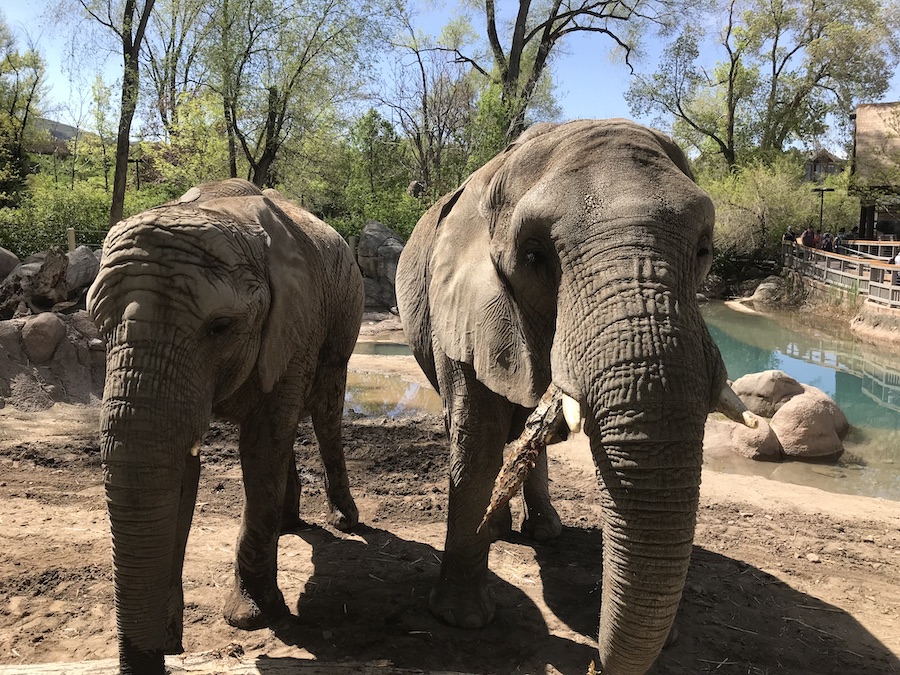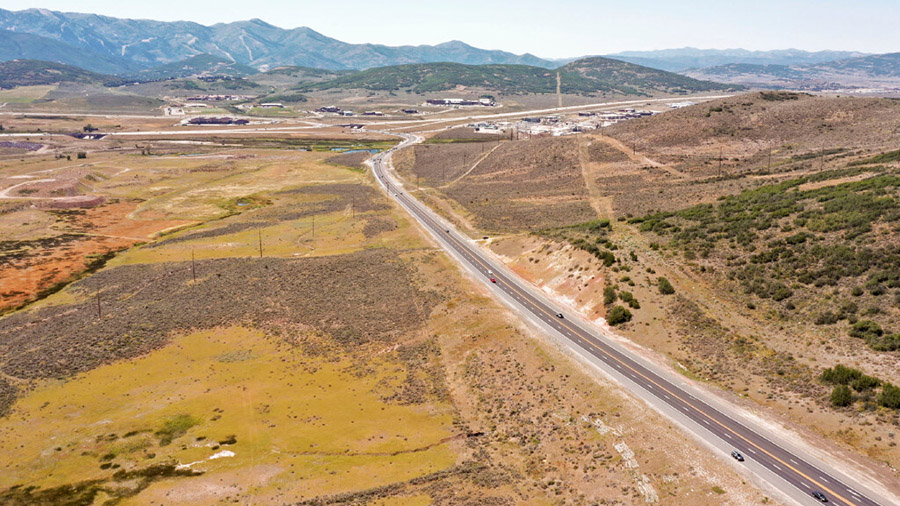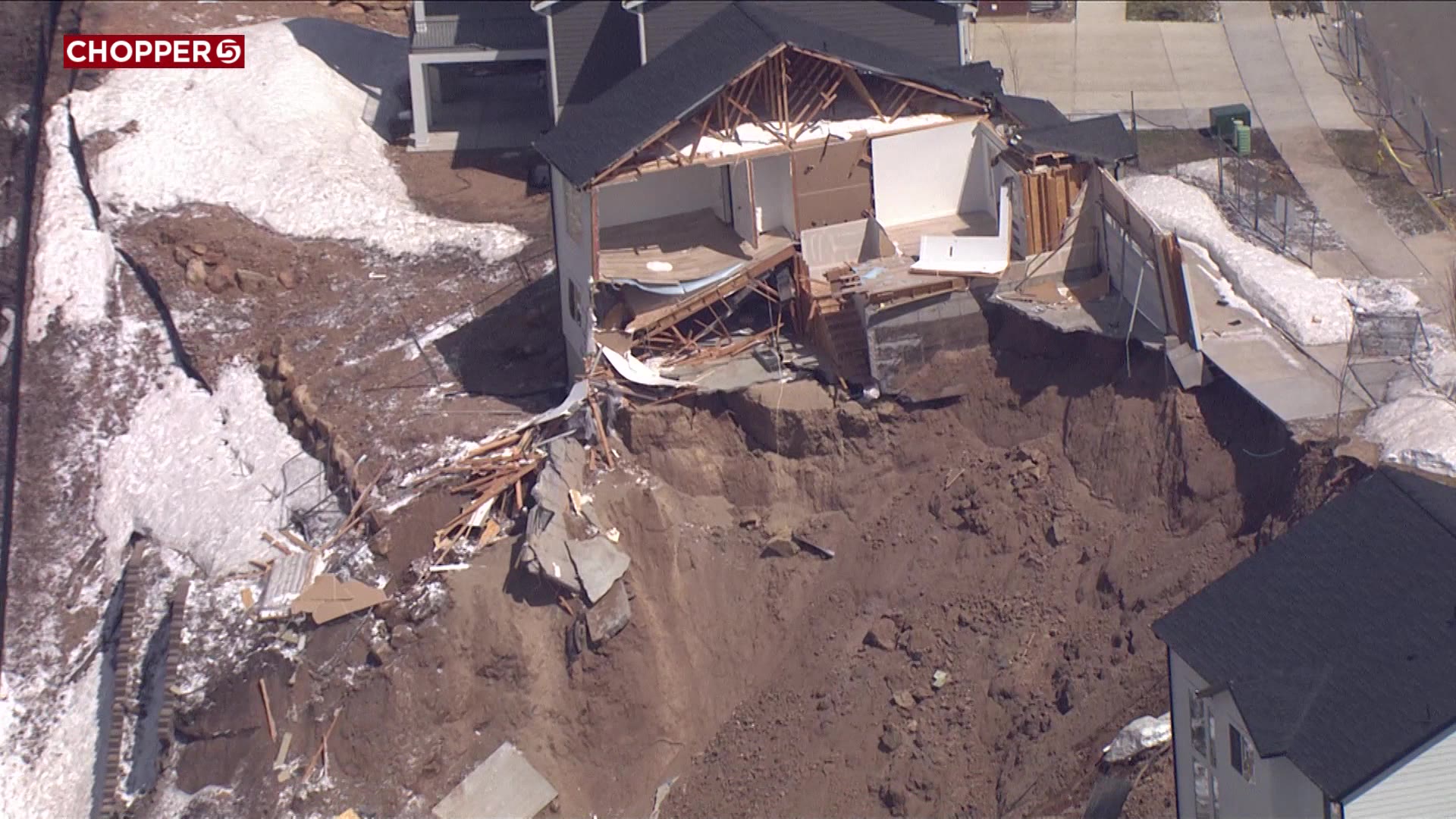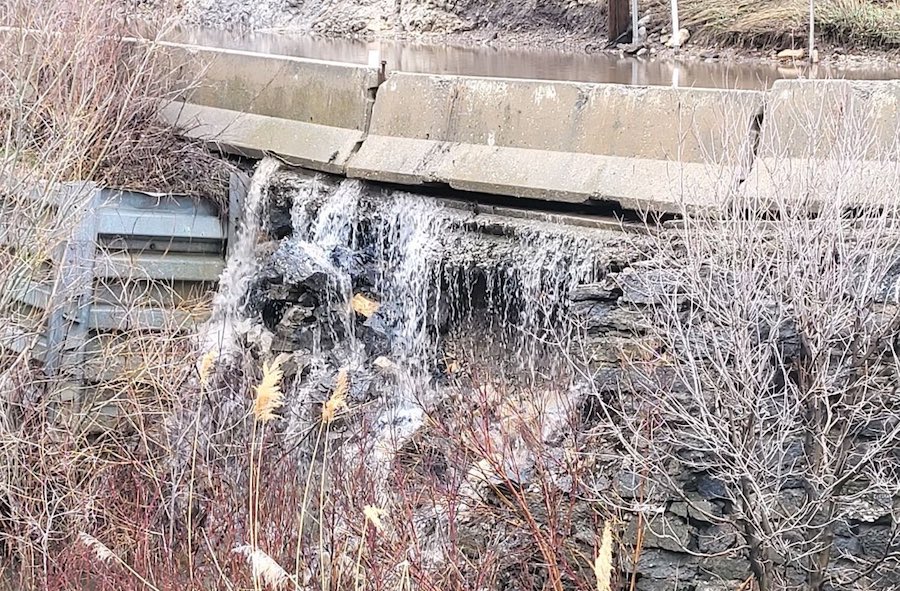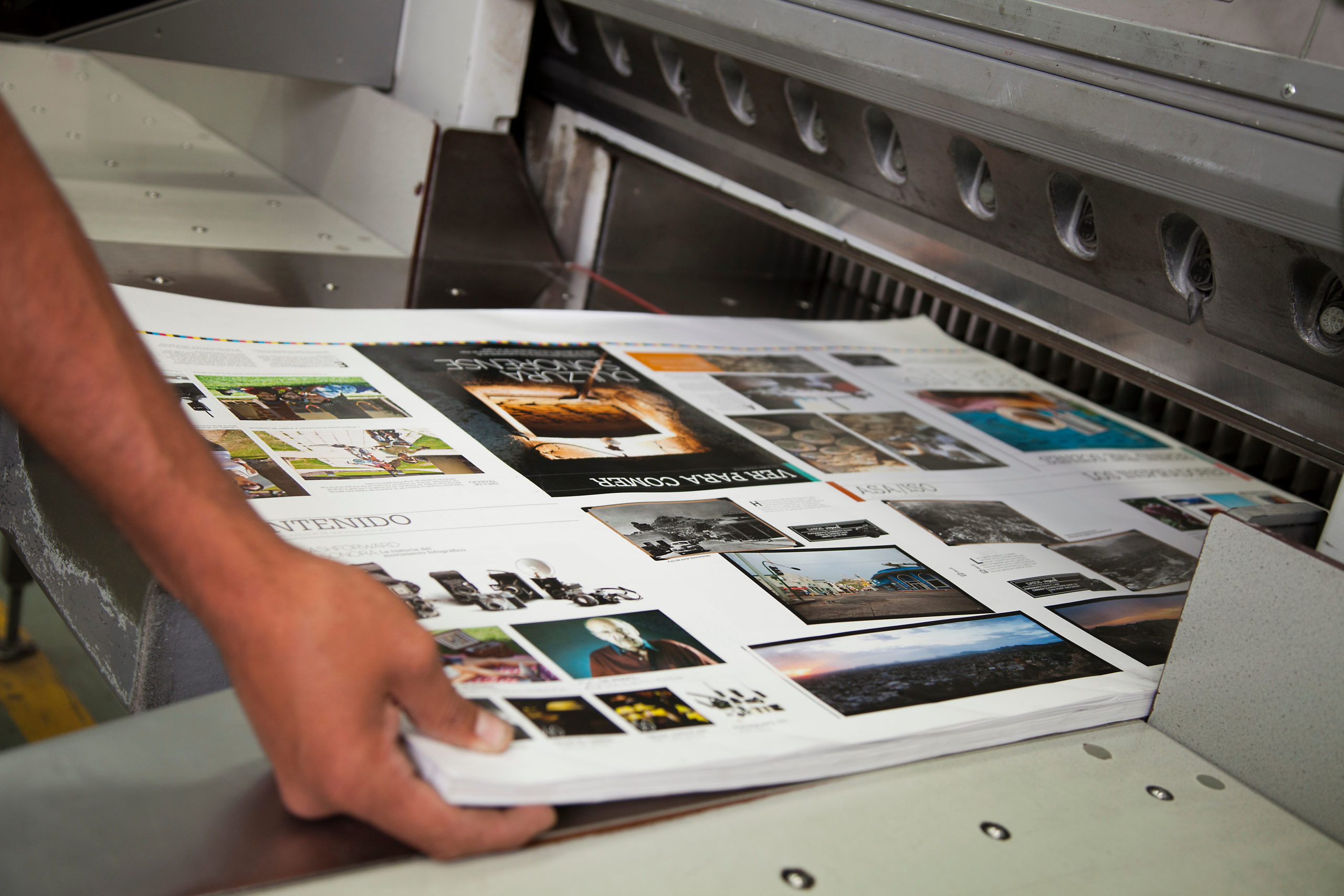LOCAL NEWS
USU Geologist Examines ‘Stunning’ Cold War Relic With Ominous Implications
Mar 15, 2021, 6:45 PM | Updated: Mar 16, 2021, 1:44 pm
LOGAN, Utah – A relic of the Cold War dug up during a secret military operation a half-century ago under the Greenland ice sheet provided what scientists called “stunning” and potentially ominous insights into the future of a warming Earth.
An international team of scientists announced their conclusions after studying a sample of ice and sediments that was captured in a drilling operation in the 1960s and then lost and forgotten. It wasn’t until 2017 that scientists rediscovered the sample in a freezer. They have now correlated that evidence with ice cores from other parts of Greenland to reach worrisome conclusions.
Utah State University geologist professor Tammy Rittenour, who played a significant role in the studies, called the findings “shocking” because they suggest that the entire Greenland ice sheet suffered a total meltdown at least twice and is much less stable than scientists previously thought.
If it melts again, Rittenour believes the consequences could be catastrophic for humans around the globe.
Apart from its scientific value, the saga of the frozen evidence also has jaw-dropping elements that could have come from a cold war thriller.
“It’s a cool story in a cold place,” Rittenour said, describing a top-secret 1960’s military operation that took place literally inside the ice.
Camp Century: A Hidden Base With A Secret Purpose
The Greenland ice sheet is an astonishing natural phenomenon, a gigantic slab of ice up to 1 mile deep that covers an area more than four times the size of California.
During the Cold War, Pentagon planners decided it was a perfect place to burrow inside and create a military base known as Camp Century. Tunnels and large workspaces were carved from the ice and covered over with snow and ice.
“You could dig out a huge bunker underneath the ice sheet and no one would know,” Rittenour said in an interview on the USU campus. “It would be invisible from above.”
The base itself was not a secret; CBS anchorman Walter Cronkite even went into the ice sheet and toured Camp Century in 1960. Military officials portrayed it as a site for scientific research. Its true purpose was a highly classified military secret.
Known as Project Iceworm, the top-secret plan was to hide 600 mobile nuclear missiles under the ice and keep them ready for launch if the cold war with the Soviet Union suddenly turned into a hot war. Eventually, though, the Pentagon abandoned the plan.
“They had to,” Rittenour said, “because it was cut into ice and the ceiling kept collapsing.”
Camp Century left behind a unique piece of evidence for future scientists. In 1966 a huge drill rig inside the base cored all the way through the ice sheet, straight down nearly a mile, and even a few feet deeper, into sediments below.
“They collected that, looked at it, and put it in a freezer and forgot about it,” Rittenour said.
Project Iceworm: Clues For Future Scientists
In 2017, scientists rediscovered the forgotten sand and ice in a freezer in Denmark. They were astounded to find fossilized plants at the bottom of the ice-core. Rittenour calls it a “treasure trove” of evidence because it shows that the ice sheet must have melted away completely, two different times. Rittenour’s role was to determine how long ago that happened.
.@UStateScience's Tammy Rittenour has been tapped as an expert to help study ice core specimens from a doomed 1960s @USArmy nuclear launch site in Greenland. #USUResearch #USUAggies https://t.co/JV5WDqazOS
— Utah State University (@USUAggies) December 19, 2019
In her darkened “Luminescence Lab” on the USU Innovation Campus, she bombarded the sand with lasers to measure its luminescent properties.
“And that tells us how old it is,” she explained. “When it was last exposed to light.”
Rittenour said scientists previously thought the ice sheet had been stable for perhaps two-and-a-half million years. She said she was “shocked” to discover the sand was last exposed to sunlight less than 1 million years ago — possibly much less.
“Maybe only a half-million or several hundred thousand years ago that the ice-sheet melted away,” Rittenour said.
She said it implies that the ice sheet might be somewhat less stable than scientists had supposed and could be subject to meltdown over a relatively short span of time.
Meltdown: ‘An Urgent Problem For The Next 50 Years’
The findings have implications for the human race that could be catastrophic. Using various clues, including air-bubbles from glacial ice around the world, scientists have charted the rise and fall of atmospheric carbon dioxide over the last million years. When CO2 declined, the ice sheet grew. As CO2 increased, glacial ice began melting away. In the modern industrial era, atmospheric data shows a dramatic spike, an apparently unprecedented increase in carbon dioxide.
“Today (it’s) well outside the natural range of CO2 concentrations,” Rittenour said.
In recent years, the Greenland ice sheet seems to be melting at an accelerating pace. If a total meltdown happens again, oceans will rise an estimated 20 to 25 feet — a lot more if Antarctica melts down too. That threatens the lifestyle, and the lives, of hundreds of millions of people in coastal villages, towns and cities all over the world.
“If the Greenland ice sheet melted,” Rittenour said, “all of those coastal areas would be inundated, whole countries would be underwater and most of the world’s population would be disturbed.”
The half-century-old ice core doesn’t answer all the questions or predict the future. More studies are coming and this secret from the past, once buried under the ice, could tell us a lot about humanity’s future.
“This is not a twenty-generation problem,” said geoscientist Paul Bierman in the study team’s news release from the University of Vermont. “This is an urgent problem for the next 50 years.”

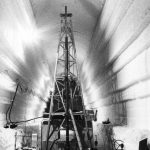
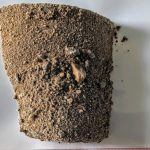
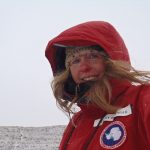
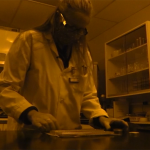
![[File] Utah Highway Patrol State Trooper car (Laura Seitz, Deseret News)...](https://staging.ksltv.com/wp-content/uploads/2022/12/UHP-State-Trooper-Car-file-121222.jpg)

